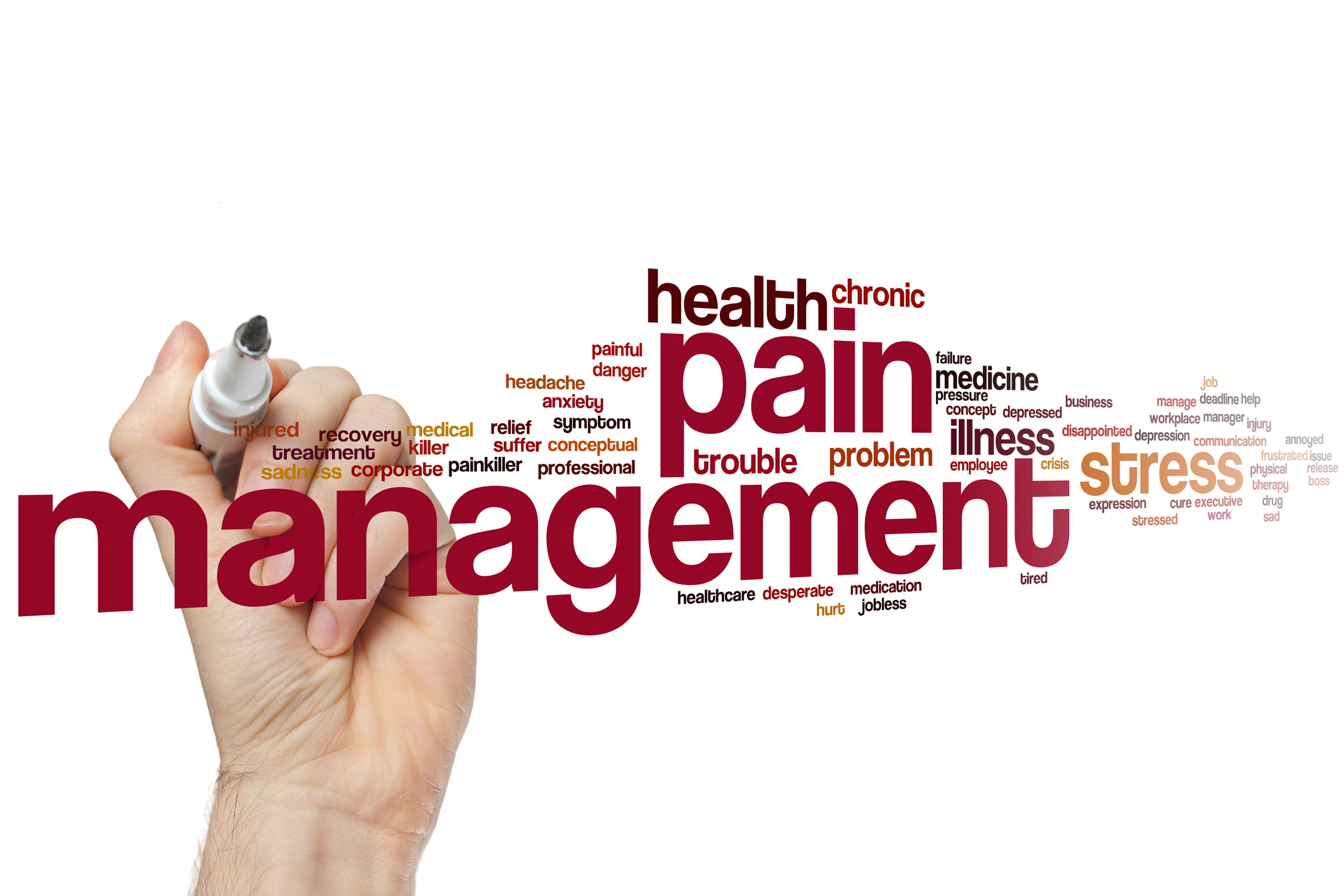In response to the continued epidemic of opioid abuse, new guidelines released by the United States Department of Health and Human Services urge doctors to lower dosages of opioid pain medication for patients. But what are the alternatives for people living with chronic pain? According to a recent study out of the University of Utah, managing pain may have a lot to do with the mind and meditation or mindfulness may help patients manage their chronic pain better and with fewer prescription drugs.
As reported recently by Health News from NPR, a study of nearly 6,400 people with chronic pain found that by tapping into the mind-body connection through meditation, cognitive behavioral therapy and clinical hypnosis, pain could be coped with more effectively. By using alternative therapies like yoga, acupuncture and meditation, patients can learn to control their reaction to pain, reducing the body’s stress response and in turn dialing down pain-causing inflammation. This approach to pain management is not a quick fix like popping a pill but over time, patients using tools to improve mindfulness have found they are able to significantly reduce their reliance on prescription opioids.
Diet can also help reduce inflammation in the body and by eating more fresh fruits and vegetables and eliminating processed and sugar-sweetened foods, many people living with chronic pain report feeling an improvement in their symptoms. Alternative approaches to pain management take time, perseverance and often quite a bit of independent research. Although newer medical guidelines advise non-pharmacologic treatments to manage pain, including mindfulness-based stress reduction, patients may need to try a variety of treatments, exercise or therapies to find a tool kit that works for them.
Although the overall national opioid prescribing rate in the U.S. has declined since 2012, in 2017 the rate per 100 people was 58.7 with a total of 191,218,272 prescriptions, according to the Centers for Disease Control and Prevention. Prescribing rates vary widely across the country. Learn more about the Opioid Epidemic by following this link to the CDC website.






Add Your Voice
0 Comments
Join the Discussion